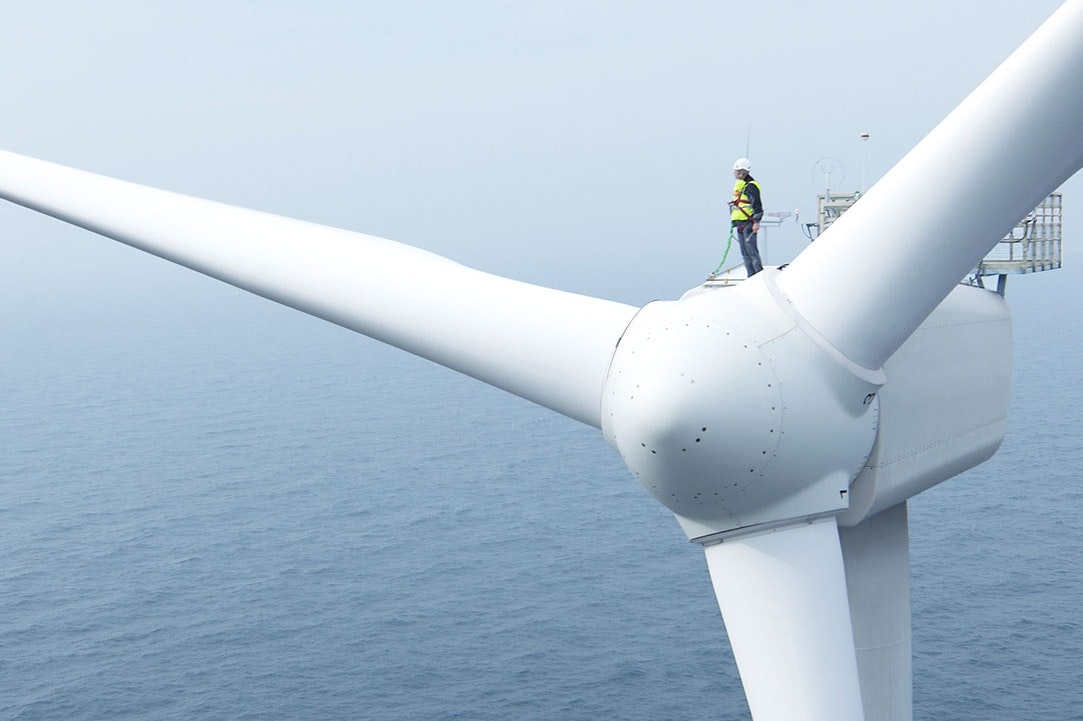Offshore Wind Outlook 2019
World Energy Outlook special report

This report is part of World Energy Outlook 2019
About this report
Offshore wind power will expand impressively over the next two decades, boosting efforts to decarbonise energy systems and reduce air pollution as it becomes a growing part of electricity supply.
Offshore Wind Outlook 2019 is the most comprehensive global study on the subject to date, combining the latest technology and market developments with a specially commissioned new geospatial analysis.
Key findings
Offshore wind's remarkable potential
The global offshore wind market grew nearly 30% per year between 2010 and 2018, benefitting from rapid technology improvements and about 150 new offshore wind projects are in active development around the world. Europe in particular has fostered the technology’s development, led by the United Kingdom, Germany and Denmark, but China added more capacity than any other country in 2018.
Yet today's offshore wind market doesn't even come close to tapping the full potential – with high-quality resources available in most major markets, offshore wind has the potential to generate more than 420 000 TWh per year worldwide.
This is more than 18 times global electricity demand today.
Offshore wind technical potential and electricity demand, 2018
OpenEurope is a leader in offshore wind technology
The growth of the offshore wind industry has been fostered in European countries bordering the North Seas, where high quality wind resources and relatively shallow water have provided exceptionally good conditions in which to develop offshore wind technologies and bring them to market.
Policy support has helped the European Union reach nearly 20 GW of offshore wind capacity by the end of 2018.
Offshore wind is set for robust growth in the EU, with current policies aiming to multiply offshore wind capacity by 4 over the next decade.
Offshore wind capacity by country, 1991-2030
OpenCapacity is set to grow around the world
Alongside Europe, China has taken strides forward on offshore wind and now stands among the market leaders. In 2018, China added 1.6 GW of offshore wind capacity, the most of any country.
The global offshore wind market is set to expand significantly over the next two decades, growing by 13% per year in the Stated Policies Scenario. Bolstered by policy targets and falling technology costs, global offshore wind capacity is projected to increase fifteen-fold to 2040, becoming a $1 trillion industry over the next two decades - matching capital spending on gas- and coal-fired capacity over the same period. This level of investment means that offshore wind accounts for 10% of investment in renewables-based power plants globally.
Installed offshore wind capacity, 2018 and 2040, Stated Policies Scenario
OpenEurope remains the technology leader to 2040, but China closes the gap spurred by recent efforts to expand their construction capacities for offshore wind. In the United States, state-level targets set the course for rapid growth over the next decade.
India, Korea and Chinese Taipei also have ambitious targets, while other countries, including Japan and Canada, are laying the groundwork for future offshore wind development.
The only variable baseload power generation technology
Offshore wind is in a category of its own, as the only variable baseload power generation technology. New offshore wind projects have capacity factors of 40%-50%, as larger turbines and other technology improvements are helping to make the most of available wind resources.
At these levels, offshore wind matches the capacity factors of efficient gas-fired power plants, coal-fired power plants in some regions, exceeds those of onshore wind and is about double those of solar PV.
Offshore wind output varies according to the strength of the wind, but its hourly variability is lower than that of solar PV. Offshore wind typically fluctuates within a narrower band, up to 20% from hour-to-hour, than is the case for solar PV, up to 40% from hour-to-hour.
Average annual capacity factors by technology, 2018
OpenOffshore Wind Geospatial Analysis
The IEA has undertaken a detailed assessment of the technical potential for offshore wind development in collaboration with Imperial College London. Our interactive map features offshore wind technical potential, classified by water depth and distance from shore, the latest offshore wind projects, and population density.